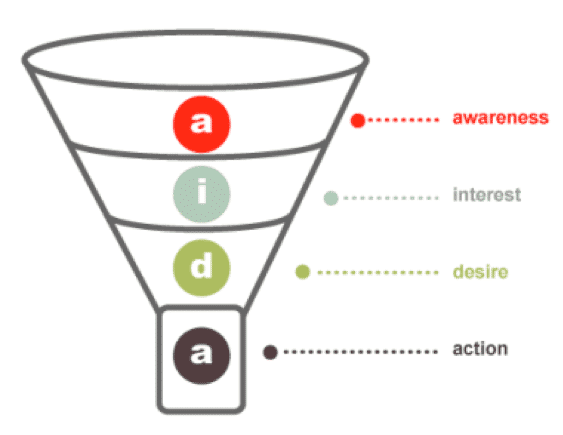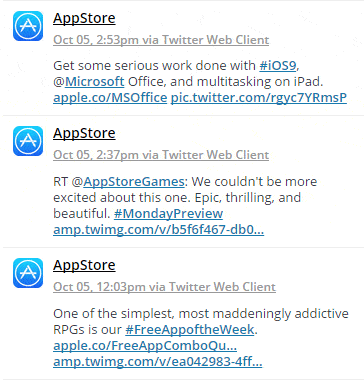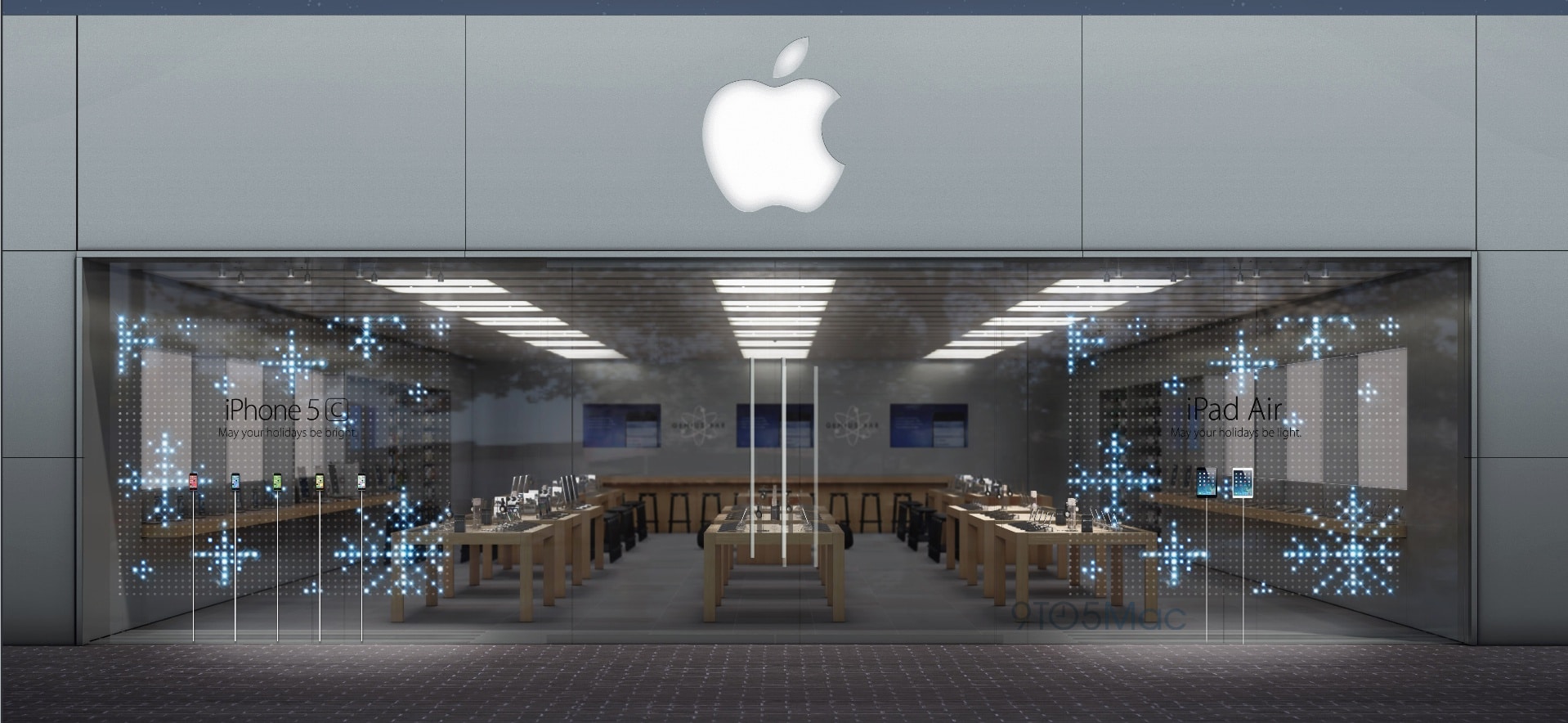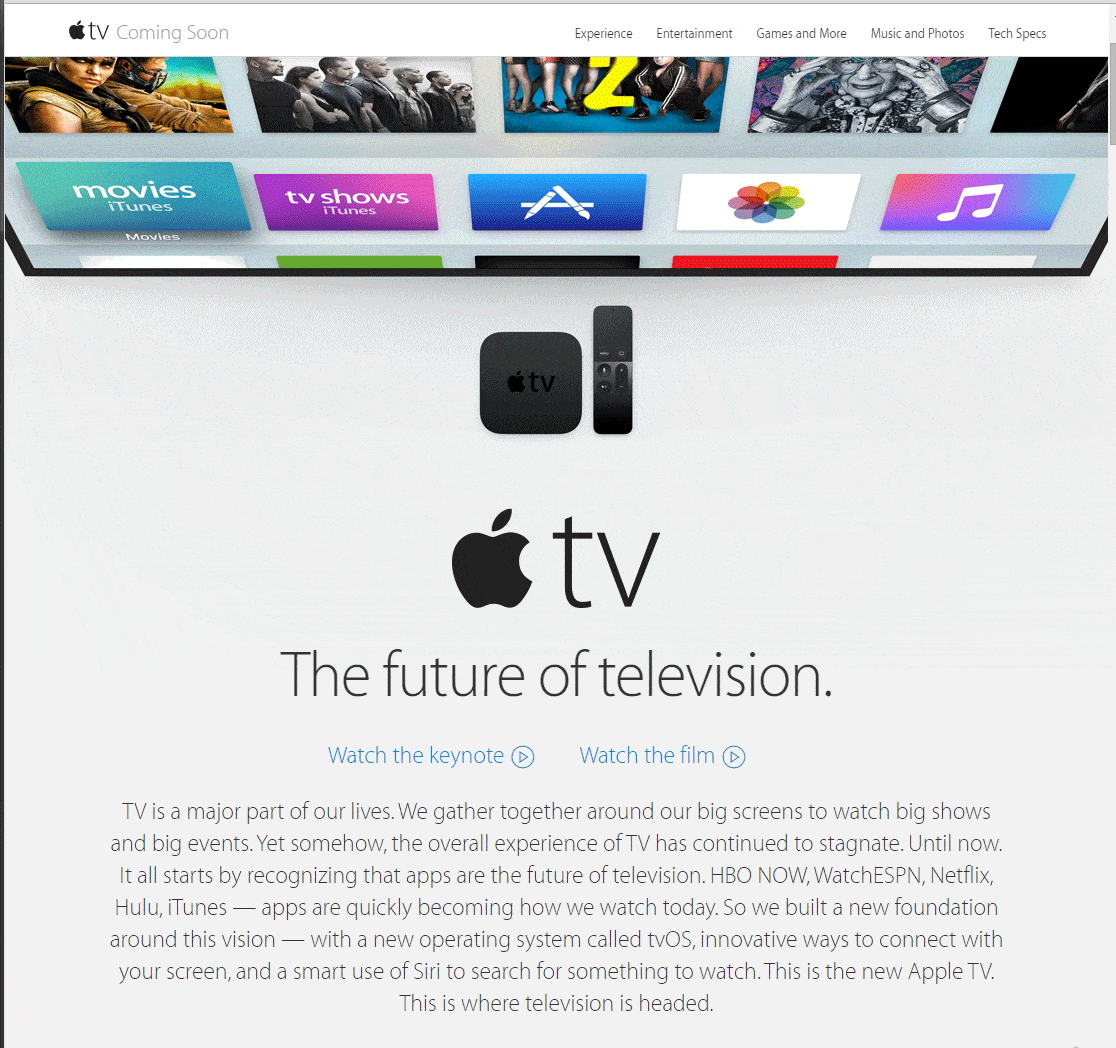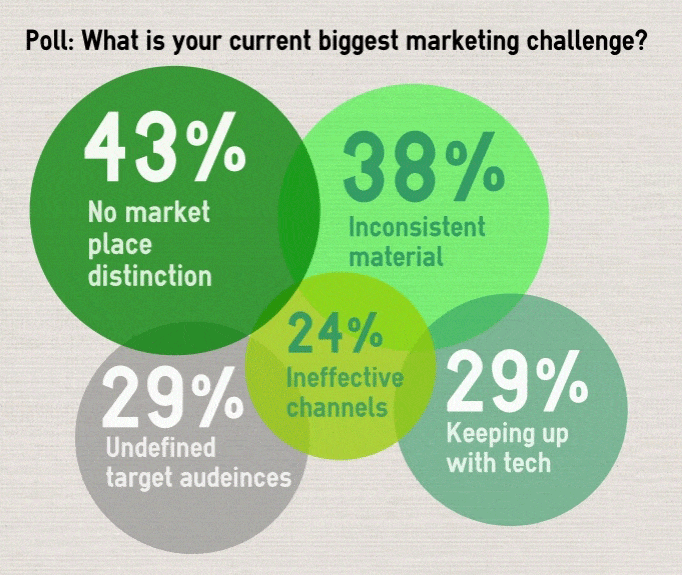Talk to anyone about conversion rate optimization and there’s a damn fine chance that the “call-to-action” button will pop up in the conversation. Or the sign-up form. Or that you should be testing both. Many of our conversion optimization programs have a myopic focus on the point of sale.
But, as we learn more about the customer journey, omnichannel marketing and the overall convergence of marketing and commerce, it’s clear that customer experiences long before the call-to-action button, higher up in the ‘conversion funnel’, hold as much sway over the customer’s ultimate decision to convert as anything.
Yes, You Have a Conversion Funnel
Every business has a conversion funnel. While Wikipedia says that they are part of “ecommerce operations”, the idea of a conversion funnel also lends itself to lead generation and offline sales.
The imagery of a funnel comes from the diminishing numbers at each stage of the conversion process. Simply put, a certain number of people become aware of your offer. Fewer take an interest in it. Of the interested, some develop a desire for it, and fewer still actually take action and buy or become a sales lead.
So whether you’re trying to sell or get leads, or whether your business is online or off, you have a conversion funnel.
And you are so very lucky that you do. Conversion funnels make your life easy. Want to increase conversions? Optimize your conversion funnel.
Think about it. If you’re not getting the sales you expect, the fault lies somewhere or everywhere along the funnel. Perhaps you’re not creating enough awareness at the top of the funnel to get enough qualified sales on the bottom. Or maybe you’re doing everything right, but spooking the customers when it comes time to buy.
In any case, by analyzing and improving each stage of your conversion funnel, instead of just at the point of sale, you will improve your conversion rates. Let’s look at how:
1. Brand Your Conversion Funnel – Before you start to look at each step of the funnel, think about its entirety. And think about “branding” it.
This isn’t the “slap a logo on everything” sort of branding. Instead, the “brand” of your funnel is a focus on the customers and delivering to them a consistent and rewarding experience throughout the funnel.
One of the major faults of any conversion funnel is the destabilizing, conversion-killing disjointedness that usually exists between each stage. We tend to take a modular approach to each step, dealing with each one individually
- You hand off your paid advertising and SEO to a company that promises to drive lots of traffic.
- Your uniquely branded landing pages are created by a web designer.
- The customer ends up on a catalogue page built on a groovy, feature-rich ecommerce platform, but it looks like every other catalogue page on the web.
- Everything’s cool because your “Add to Cart” button is the most obvious element on the page.
It’s all about your customer and her journey. Yes, it’s marketing-speak, but your customer really is on a journey of discovery in relation to your business and/or its products. When she sets out, she doesn’t know that your offering is her best option.
Like any journey, the more familiar the traveller becomes with the path, the easier it is to follow. Integrating your funnel into a more seamless and friction-free route makes it an easier path to take.
Here’s a quick test: think about the answers to the questions below. Awareness is one of the funnel steps we’ll look at below. Some of the more popular ways of creating awareness online are social media, search engine optimization and paid advertising.
- Are your awareness channels developed from the same creative direction as the elements in the rest of the funnel?
- Do you use the same voice across your social media, landing pages and web site?
- Is your message focused the customer and her needs?
Forbes lists Apple as the world’s most valuable brand. When you look each marketing and sales touch point Apple has with its customers, they are remarkably consistent.
Apple’s tweets use the same benefit-driven language as their website. The same language Tim Cook uses in his keynotes.
Is it a coincidence that the facade of many Apple stores looks a lot like a website? The only thing missing is the navbar.
It’s completely unfair to compare Apple to the average ecommerce site. They’re not even an ecommerce company. But the seamlessness throughout Apple’s conversion funnel is no accident.
2. Awareness – Here we go. The top of the funnel. Anything you do in the awareness stage could be the very first experience a prospect has of your business. And you know what they say about first impressions.
As we mentioned, some of the common channels for creating awareness online include social media, SEO and paid advertising. But this isn’t about contracting an SEO company to to move your landing pages up the ranks. Or finding a hip agency to tweet for you.
The problem with the awareness stage of most funnels is that its success is too often judged by the numbers. Even some of the savviest social media marketers are unduly swayed by counts of followers and likes. They’re important but they are by no means a measure of success.
Numbers Are Not the Problem: To get a better idea of the hurdles you need to overcome to improve awareness and start your funnel branding off right, take a look at the following results from a poll by nextforyourbusiness.com that asked marketers “what is your biggest marketing challenge?”:
- 43% – No marketplace distinction
- 38% – Inconsistent material
- 29% – Undefined target audiences
- 29% – Keeping up with technology
- 24% – Ineffective channels
If these are the challenges, then the solutions to increased awareness and a good start to an optimized conversion funnel are clear:
- No Marketplace Distinction > Set Yourself Apart – If you look, sound and feel like your competition, then what reason does the customer have to choose you; to start progressing through your funnel? Develop your unique selling proposition and use it to create a distinct awareness – and throughout the rest of your funnel.
- Inconsistent Material > Check the Apple example above. Create a corporate voice and keep the message consistent across all awareness channels and through every step in your funnel.
- Undefined Target Audience > Huh? Almost one-third of respondents don’t know to whom they speak? That’s a strange state of affairs for generating awareness. Talk to your customers. Ask them how to improve. Create personas. Segment your marketing and funnels, and personalize your messages.
- Keeping Up With Technology > Test. Yes, it seems like everyday there’s a new channel, research tool or tactic. You need to dip your toe into each one to test the waters. If your audience is there, it’s useful for creating awareness.
- Ineffective Channels > There Are No Ineffective Channels. There is only ineffective channel selection. What are you doing on Instagram if you are a B2B company that sells floor scrubbers? Maybe there are channels that are not well suited to your target markets, but if you find the ones where your customers congregate, they will all be effective.
Testing and Analysis. As with all your online marketing, the only way to find what works best for optimizing your funnel and conversion rates is to do your research, test your ideas and analyze the data. The ease at which you can do so is the most appealing feature of digital marketing.
In Part 2, we’ll look at another main step in the funnel, building interest.


